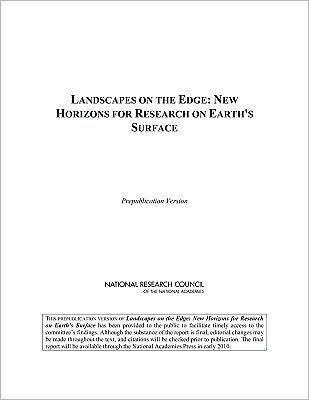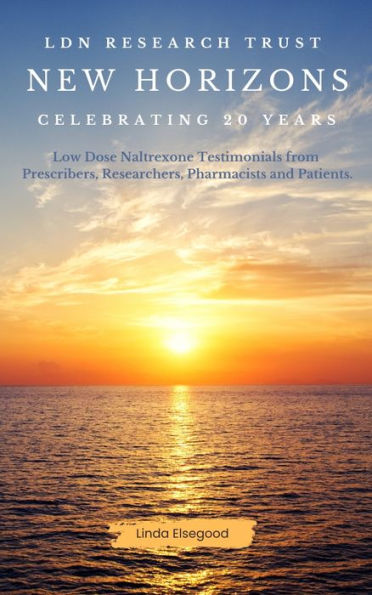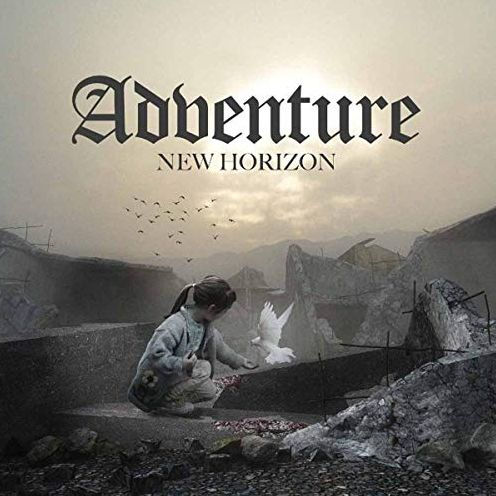Home
Landscapes on the Edge: New Horizons for Research on Earth's Surface
Loading Inventory...
Barnes and Noble
Landscapes on the Edge: New Horizons for Research on Earth's Surface
Current price: $52.00


Barnes and Noble
Landscapes on the Edge: New Horizons for Research on Earth's Surface
Current price: $52.00
Loading Inventory...
Size: OS
*Product Information may vary - to confirm product availability, pricing, and additional information please contact Barnes and Noble
During geologic spans of time, Earth's shifting tectonic plates, atmosphere, freezing water, thawing ice, flowing rivers, and evolving life have shaped Earth's surface features. The resulting hills, mountains, valleys, and plains shelter ecosystems that interact with all life and provide a record of Earth surface processes that extend back through Earth's history. Despite rapidly growing scientific knowledge of Earth surface interactions, and the increasing availability of new monitoring technologies, there is still little understanding of how these processes generate and degrade landscapes.
Landscapes on the Edge
identifies nine grand challenges in this emerging field of study and proposes four high-priority research initiatives. The book poses questions about how our planet's past can tell us about its future, how landscapes record climate and tectonics, and how Earth surface science can contribute to developing a sustainable living surface for future generations.
Landscapes on the Edge
identifies nine grand challenges in this emerging field of study and proposes four high-priority research initiatives. The book poses questions about how our planet's past can tell us about its future, how landscapes record climate and tectonics, and how Earth surface science can contribute to developing a sustainable living surface for future generations.

















